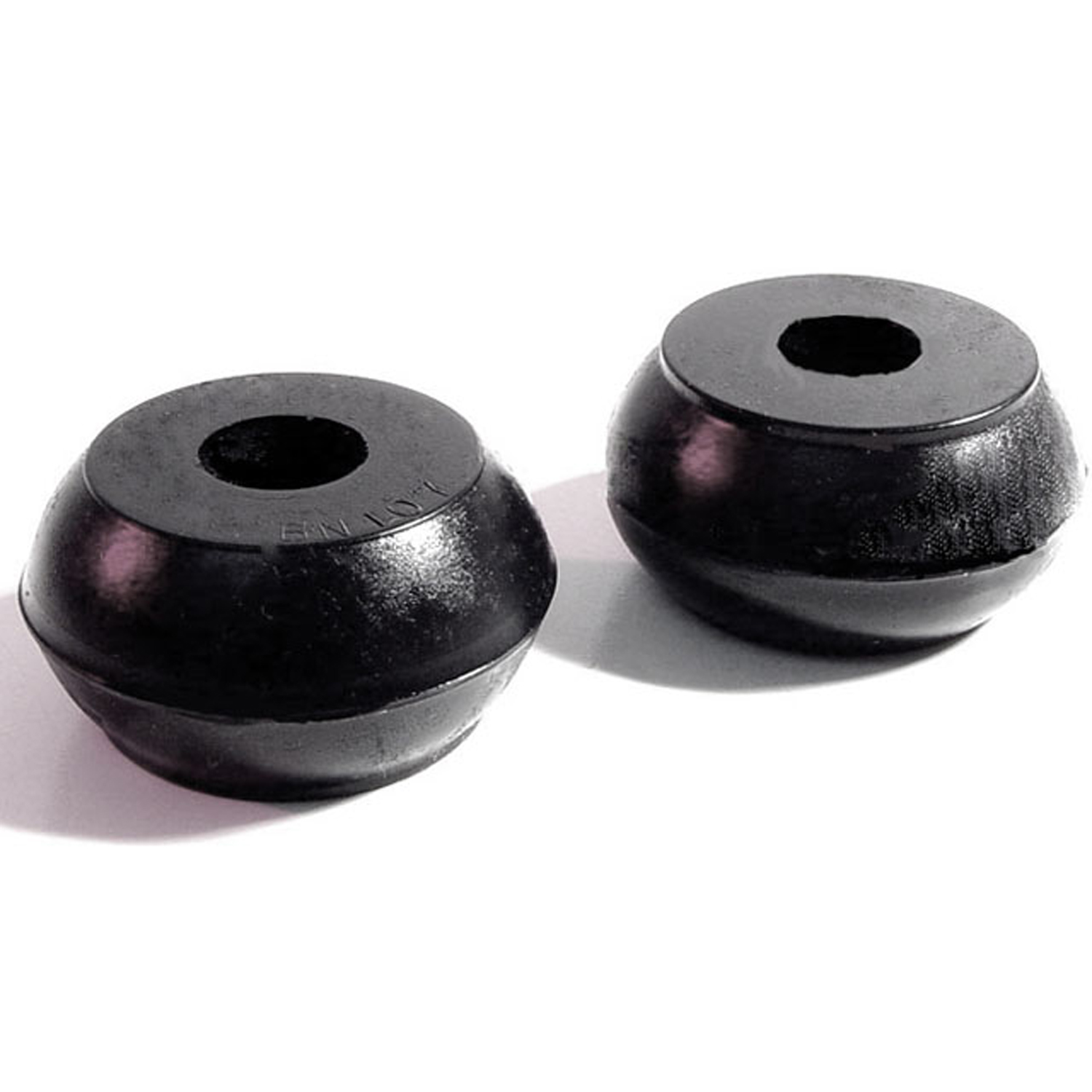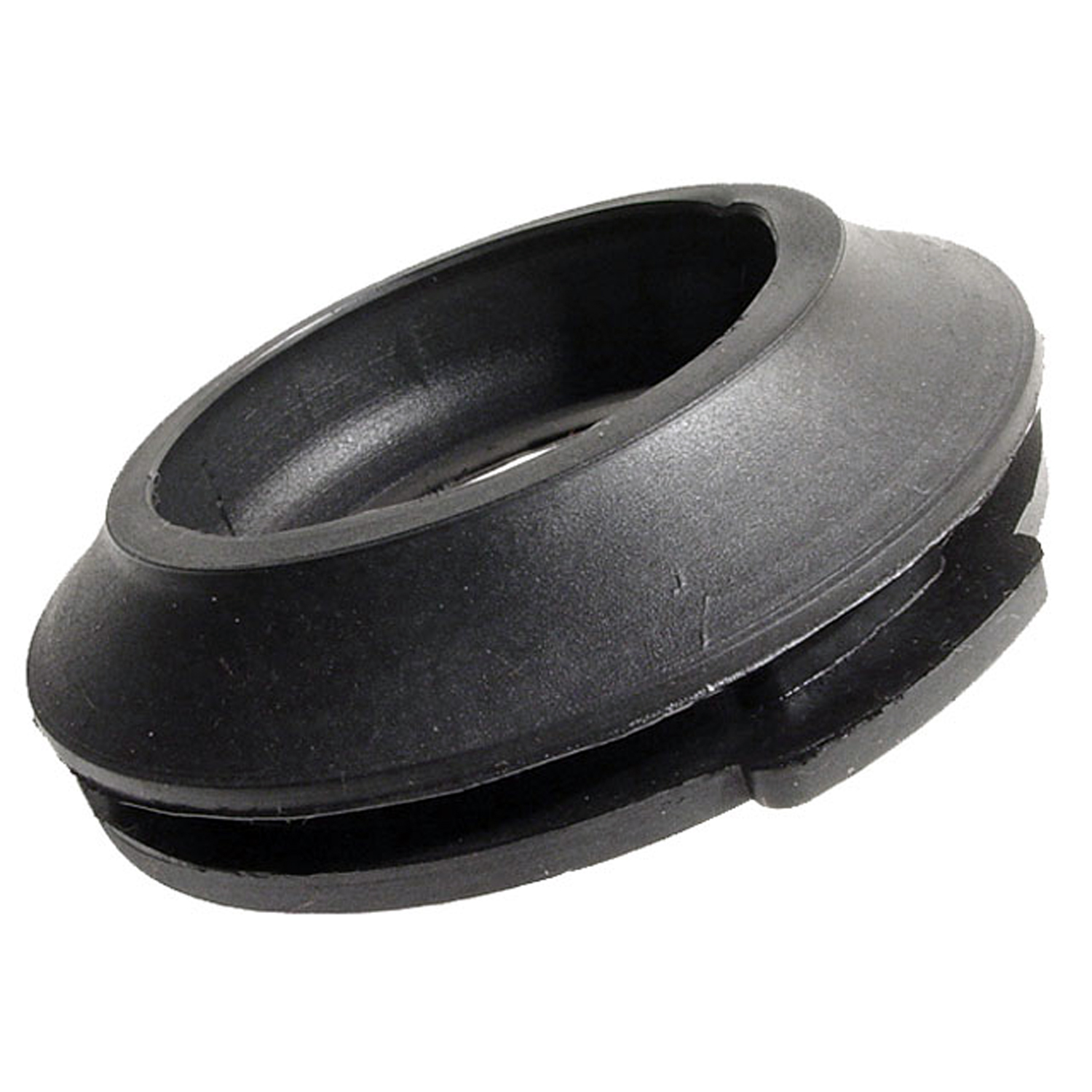Image of 1964 Studebaker Lark, sourced from en.wikipedia.org , Image Link.
Performance Metrics
Fundamental Metrics
Emotional Appeal
MMP Rating
| Engine Specifications | |
|---|---|
| Engine Options: | 170 cu in (2.8 L) I6, 259 cu in (4.2 L) V8, 289 cu in (4.7 L) V8 |
| Displacement Range: | 170-289 cu in |
| Horsepower Range: | 112-210 hp |
| Torque: | 160-320 lb-ft |
| Compression Ratio: | 8.5:1 - 10.5:1 |
| Ignition System: | Conventional points ignition system |
| Cooling System: | Liquid-cooled |
| Performance Specifications | |
| 0-60 Time: | 10-12 seconds |
| 1/4 Mile Time: | 17-19 seconds |
| Top Speed: | 100-120 mph |
| Transmission and Drive | |
| Drive Type: | Rear-wheel drive |
| Transmission Type: | 3-speed manual, 4-speed manual, 3-speed automatic |
| Fuel and Efficiency | |
| Fuel System Type: | Carburetor |
| MPG: | 15-20 mpg |
| Dimensions and Brakes | |
| Brakes: | Drum brakes |
| Wheelbase: | 113 inches |
| Weight: | 2,900-3,200 lbs |
Note: Specifications for classic cars are given to the best of our ability, considering the limited and variant data available.
Unveiling the Understated Elegance of the 1964 Studebaker Lark
The 1964 Studebaker Lark arrived on the automotive scene with a quiet confidence, boasting a blend of modesty and charm that was as refreshing as it was unique. Born from the venerable Studebaker Corporation, an Indiana-based manufacturer with roots stretching back to the days of horse-drawn wagons, the Lark represented a pivotal moment in the company's storied history. As one of the final models produced before Studebaker's exit from the automobile industry, the Lark carried with it a legacy of innovation and American spirit. A particularly intriguing fact about this vehicle is its role in Studebaker's valiant effort to remain competitive during a time when larger automakers dominated the market.
Design and Innovation
The exterior styling of the 1964 Studebaker Lark exuded a sense of practical elegance. Its clean lines and lack of ostentation were a departure from the flamboyant designs of its era, making it a timeless classic. The interior was equally thoughtful, with a focus on comfort and functionality. Materials ranged from durable fabrics to rich vinyls, ensuring that quality was not sacrificed for cost efficiency. Technologically, the Lark offered features such as an optional transistorized radio and front disc brakes – cutting-edge for its time. Color options for the Lark were diverse, with choices like Strato Blue and Bordeaux Red being popular among consumers. The car was available in several body styles, including two- and four-door sedans, a two-door hardtop, a convertible, and even a station wagon. The convertible proved to be an iconic favorite, embodying both leisure and practicality.
Historical Significance
The 1964 Studebaker Lark made an indelible mark on automotive design by demonstrating that compact cars could be both attractive and functional without unnecessary extravagance. It stood out among contemporaries by offering a level of refinement and reliability that was uncommon in smaller cars at that time. The Lark's influence can be seen in subsequent compact models from other manufacturers who recognized the growing market segment that preferred sensible over showy.
Performance and Handling
Performance-wise, the 1964 Studebaker Lark was commendable for its class. While top speed and acceleration figures were modest by today's standards (with 0-60 mph times varying based on engine options), they were competitive at the time. Handling was straightforward and honest; drivers appreciated its responsiveness on winding roads and its composure over bumps. Behind the wheel, one could enjoy the hum of its V8 or inline-six engine – sounds that evoked an era of simplicity in motoring.
Ownership Experience
Owners used their Larks for everything from daily commuting to weekend cruising. Its versatility made it a common sight at car shows and occasionally on the race track in compact car competitions. Maintenance was relatively straightforward, allowing average owners to perform many repairs themselves. This ease of care contributed to the vehicle's reputation for reliability.
Fun Facts
The 1964 Studebaker Lark holds several fun facts in its portfolio: it was one of the last vehicles produced by Studebaker in South Bend before production moved to Canada; some models featured Paxton superchargers; and it even found its way into government fleets. While not known for breaking speed records, it did set benchmarks for compact car sales during Studebaker's final years. Criticisms often centered around its conservative styling but many now view this as part of its enduring charm.
Collector's Information
Today, collectors value the 1964 Studebaker Lark for its historical significance more than its performance metrics. Estimates suggest that tens of thousands were produced across all body styles, making them relatively rare but still accessible to enthusiasts. Values vary widely depending on condition, history, and model type – ranging from affordable project cars to pristine examples commanding higher prices. The market has shown appreciation for well-maintained or restored Larks due to their unique place in automotive history.
Conclusion
The 1964 Studebaker Lark stands as a testament to an era when practicality, quality, and understated style were valued attributes in an automobile. It encapsulates a moment in time when innovation meant more than just adding chrome trim or tail fins – it meant creating something lasting and genuinely useful. As we reflect on this humble yet significant vehicle, we are reminded that true elegance is timeless – an enduring legacy that continues to captivate classic car enthusiasts around the world.
1964 Studebaker Lark Catalog of Parts
 1964 Studebaker Lark Power Steering Bushing. 1-9/16" O.D., 7/16" I.D. Pair-BN 107Power Steering Bushing. 1-9/16" O.D., 7/16" I.D. Pair
1964 Studebaker Lark Power Steering Bushing. 1-9/16" O.D., 7/16" I.D. Pair-BN 107Power Steering Bushing. 1-9/16" O.D., 7/16" I.D. Pair 1964 Studebaker Lark Gas Filler Grommet. Perfect reproduction. Top 2-1/16" I.D-GF 45Gas Filler Grommet. Perfect reproduction. Top 2-1/16" I.D., 3-7/16" O.D. Each
1964 Studebaker Lark Gas Filler Grommet. Perfect reproduction. Top 2-1/16" I.D-GF 45Gas Filler Grommet. Perfect reproduction. Top 2-1/16" I.D., 3-7/16" O.D. Each 1964 Studebaker Lark Headlight Ring Seal. 8-5/8" O.D., 7-7/8" I.D. Pair-HR 16Headlight Ring Seal. 8-5/8" O.D., 7-7/8" I.D. Pair
1964 Studebaker Lark Headlight Ring Seal. 8-5/8" O.D., 7-7/8" I.D. Pair-HR 16Headlight Ring Seal. 8-5/8" O.D., 7-7/8" I.D. Pair 1964 Studebaker Lark Rubber Seal Behind Fender on Headlights-MP 979-CRubber Seal Behind Fender on Headlights. 8-7/8" wide X 10" long. Pair
1964 Studebaker Lark Rubber Seal Behind Fender on Headlights-MP 979-CRubber Seal Behind Fender on Headlights. 8-7/8" wide X 10" long. PairWhy Choose Metro?
For over 100 years, Metro Moulded Parts has been the pinnacle of quality in classic car restoration parts. Our commitment to precision and authenticity in every component ensures a perfect fit and an OEM-level appearance.
- Expert Craftsmanship & Quality: Each part is a testament to our dedication to reliability and perfection, crafted from original designs and thoroughly tested.
- Advanced Technology: We use cutting-edge techniques to create flawless, long-lasting parts that surpass others in performance.
- SuperSoft Sponge – The Ultimate Door Seal: Not only are our door seals 30% softer than competitors', but they're also guaranteed to never leak. They effectively reduce wind and road noise, enhancing your classic car's comfort and driving experience.
- Proudly American: Our parts are a product of American craftsmanship, made in the USA with a spirit of excellence and heritage.
- Unrivaled Warranty: We back our products with a 30-year industry-leading warranty, a testament to our confidence in their quality.
Join us in preserving the legacy of classic cars with parts that are crafted for perfection, not just made.

